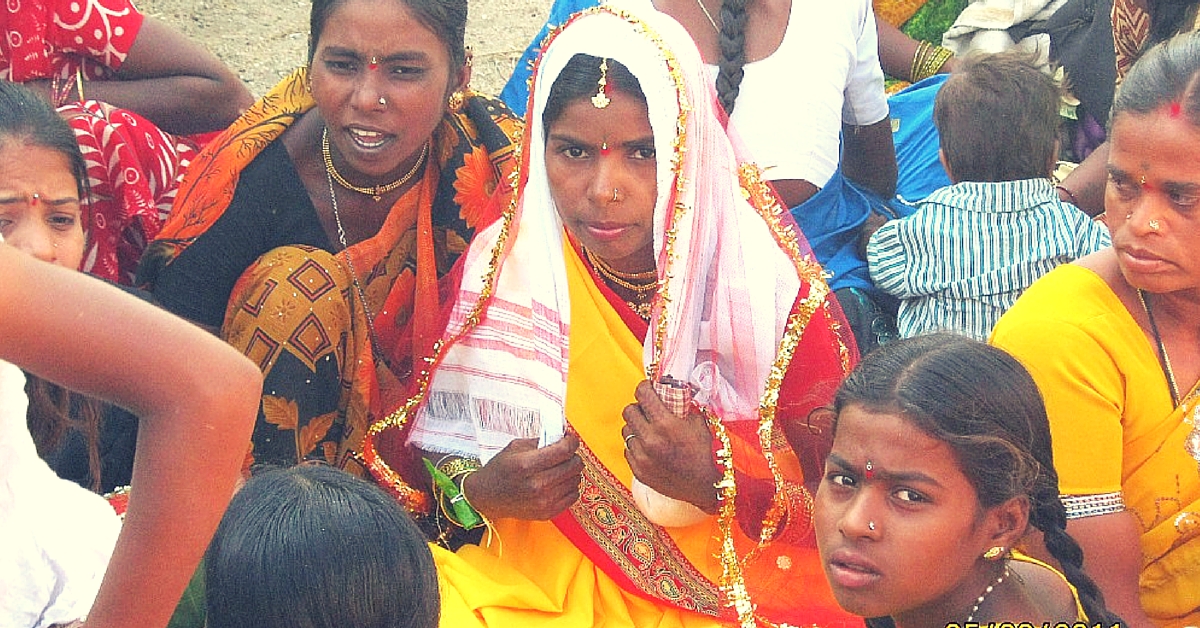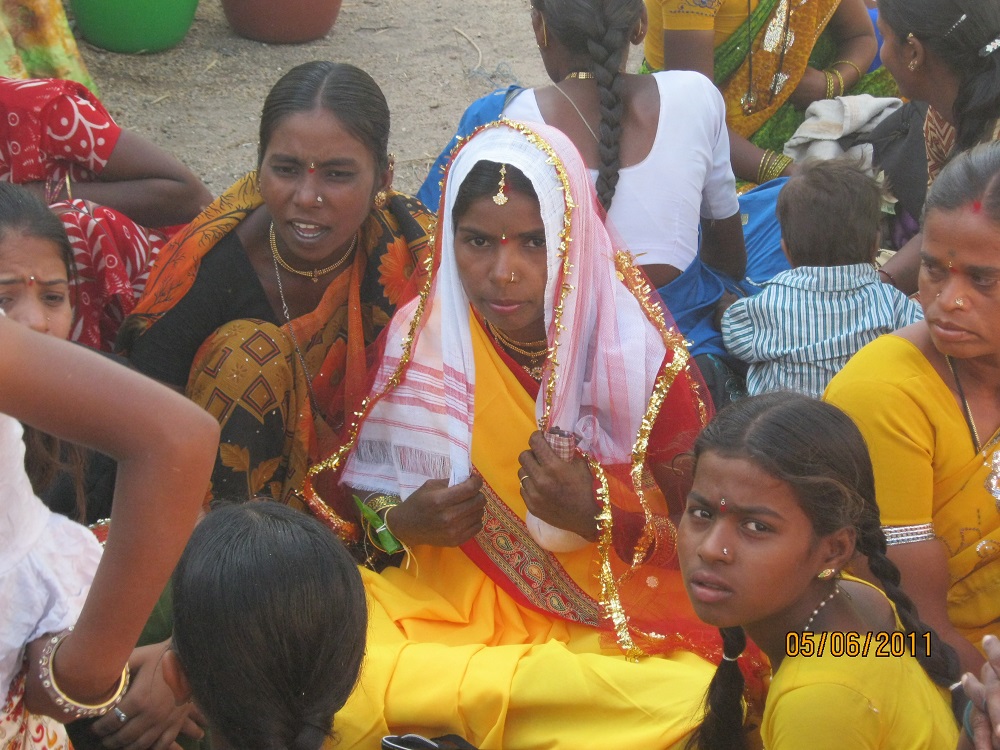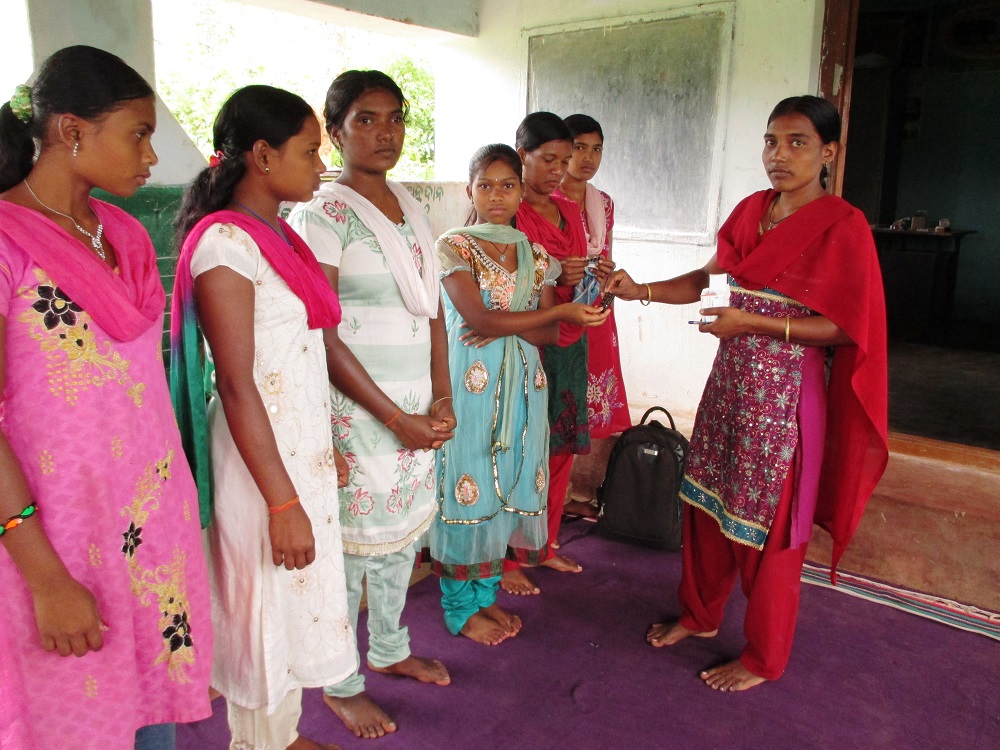A Study That Followed 3000 Children for 10 Years Shows How Child Marriages Can Be Prevented
A recent international research study reveals how economic and social factors played significant roles in hastening marriages of young girls in many parts of India

A recent international research study reveals how economic and social factors played significant roles in hastening marriages of young girls in many parts of India
When Lata turned 15, her family, living in a village in rural Andhra Pradesh, pulled her out of school and sold their cattle to get her married. Landless labourers, they no longer own any asset. Just 100 kilometres away, in Hyderabad, Ameena’s privileged parents did not have to incur any debts to solemnise their daughter’s marriage when she turned 16. But in both cases, the girls were underage and neither had a say in her marriage.
Early marriage maybe a violation of a child’s rights but it is certainly not an unusual practice in this country, considering it’s rooted in patriarchy and gender discrimination. The figures say it all: as per the latest census, over 17 million Indian children between 10 and 19 years were married in 2011. Many of them live in Andhra Pradesh and Telangana, the two southern states where child marriage is rampant. Indeed, as a recent international research study, ‘Young Lives’, conducted in the two states with assistance from local partners, reveals, 37 per cent girls here are married off by the age of 19 while 28 per cent tie the knot before their eighteenth birthday. Interestingly, less than one per cent of the boys are pushed into matrimony before they turn 18.
The study has followed the lives of 3,000 children from 2002 for a period of 10 years.

Here’s some more disturbing data to chew on. According to the 2015 National Family Health Survey (NHFS-4), in Andhra Pradesh, a third of the women in their early twenties (32.7 per cent) had married before age 18. Furthermore, one-in-eight girls between 15 and 19 years were pregnant or had already become mothers at the time of the survey. In Telangana, a quarter of young women were married before 18, and 10.6 per cent, between 15 and 19 years, were already mothers or pregnant.
Sadly then, as the numbers confirm, not only are girls more likely to get married at an earlier age than boys, with almost 60 per cent of married girls giving birth to one or more children by the age of 19, they also give in to the greater social pressures to prove their fertility.
“There is evidence that early pregnancy is a consequence of early marriage and often comes with tragic consequences. Girls giving birth before they turn 19 are twice as likely to die as those who become mothers after the age of 20. Therefore, it is imperative to know which are the girls most likely to marry before they turn 18 and have a child at a young age if interventions to stop child marriages are to be effective in high prevalence areas,” points out Renu Singh, Country Director, Young Lives.
So which girls are more likely to become child brides? During the study, researchers found that besides gender, economic and social factors played significant roles in hastening marriage. “Although there has been a considerable reduction in marriages of girls under 14 years, there has been no change in the percentage of girls getting married between the ages of 16-17 years.
The number of child marriages is extraordinarily high, particularly among the marginalised communities. Most girls who married before 18 came from to poor families,” says Singh, who presented the study findings in June 2016.

In fact, poverty, caste and deprived living conditions have been flagged as key factors driving the early marriage trend. “Caste analysis of the data shows that 42 per cent girls from backward classes get married before 18, followed by those belonging to scheduled castes (38 per cent) and scheduled tribes (34 per cent). Apart from that, where the girls live also determines their fate. Those in rural areas are twice as likely to be married by 19 as opposed to their urban counterparts,” elaborates Singh.
Bhavna’s story puts things in perspective. Hailing from a backward class background the youngster was forced to drop out of school after Class 2 when her father passed away unexpectedly. Like her siblings she was expected to contribute in some way to augmenting the family income. When she turned 16, she was married off to an auto rickshaw driver because her brothers felt “it was a good match”. More importantly, her marriage was deemed necessary because it is the norm in her Katur village, a rural mandal in Rayalseema. Bhavna’s mother shares, “Moreover, once Bhavna attained puberty, her brothers had warned her that they would kill her if she was found talking to boys. Traumatised by this threat she stopped going out of the house completely until her marriage.”
Would Bhavna’s life have been any different had she continued with her studies? “Most definitely,” says Singh, “Education plays a crucial role in delaying the marriage of girls. Our research demonstrates that girls who leave school by the age of 15 are four times more likely to marry before they come of legal age than those who continue with their education.”
Incidentally, the likelihood of underage nuptials also reduces considerably if their mothers are educated. Over 81 per cent of girls whose mother had completed middle school remained single at 18. If the older women had studied beyond secondary school then there was just a nine per cent chance that they would marry underage – a whopping 91 per cent of girls escaped this situation.
The aspirations of parents, caregivers and even the girls themselves have a significant outcome on how things turn out for the young ones. Having closely observed the lives of the girls over a ten year period, researchers at Young Lives found that three-quarters of the girls who, at the age of 12, had expressed the wish to complete higher education remained unmarried at 19. Take Sarada, now 20 and single. In spite of being physically disabled and belonging to a family of poor washer men, she didn’t let these hurdles stop her. Not only did she resist the pressure to leave school and work on a nearby cotton farm, the determined girl took tuitions so that she could support her own education.
“There is nothing that could have stopped me from finishing school and I have made up my mind to join college at any cost. To make that happen I take tuitions and the money has benefited me immensely because it allows me to take my own decisions boldly,” she says.

Sarada’s mother has become her biggest supporter. She too shares her daughter’s dreams and wants her to complete her studies and get a job. She says that though most girls of Sarada’s age are already married and there was intense social pressure for her to follow suit, she is not pushing her daughter to get married.
Self-belief has enabled Keerthi to overcome her hurdles as well. Rising above destitution and caste prejudices, she has finished her secondary education and is now keen to pursue engineering. Her mother, a helper in the local school, proudly proclaims that Keerthi managed to gain admission in one of the best private engineering schools on her own merit. Neither her mother nor her father, a home guard, is in any hurry to get her married.
Evidence from this study clearly indicates that the longer girls stay in school, the greater their chances of developing agency and self-efficacy, and thereby resisting early marriage. But there is a clutch of interventions that need to be dovetailed so that this can become a reality. From ensuring safe, accessible secondary education for girls and providing valuable social protection to engaging with men and boys to address regressive gender and social norms, and, at the same time, making available productive livelihood opportunities are crucial to not just breaking the cycle of intergenerational poverty but effectively removing the Damocles’ sword of marriage hanging over the heads of girls like Sarada and Keerthi.
Like this story? Have something to share? Email: [email protected], or join us on Facebook and Twitter (@thebetterindia). To get positive news on WhatsApp, just send ‘Start’ to 090 2900 3600 via WhatsApp.
This story made me
- 97
- 121
- 89
- 167
Tell Us More
We bring stories straight from the heart of India, to inspire millions and create a wave of impact. Our positive movement is growing bigger everyday, and we would love for you to join it.
Please contribute whatever you can, every little penny helps our team in bringing you more stories that support dreams and spread hope.



















